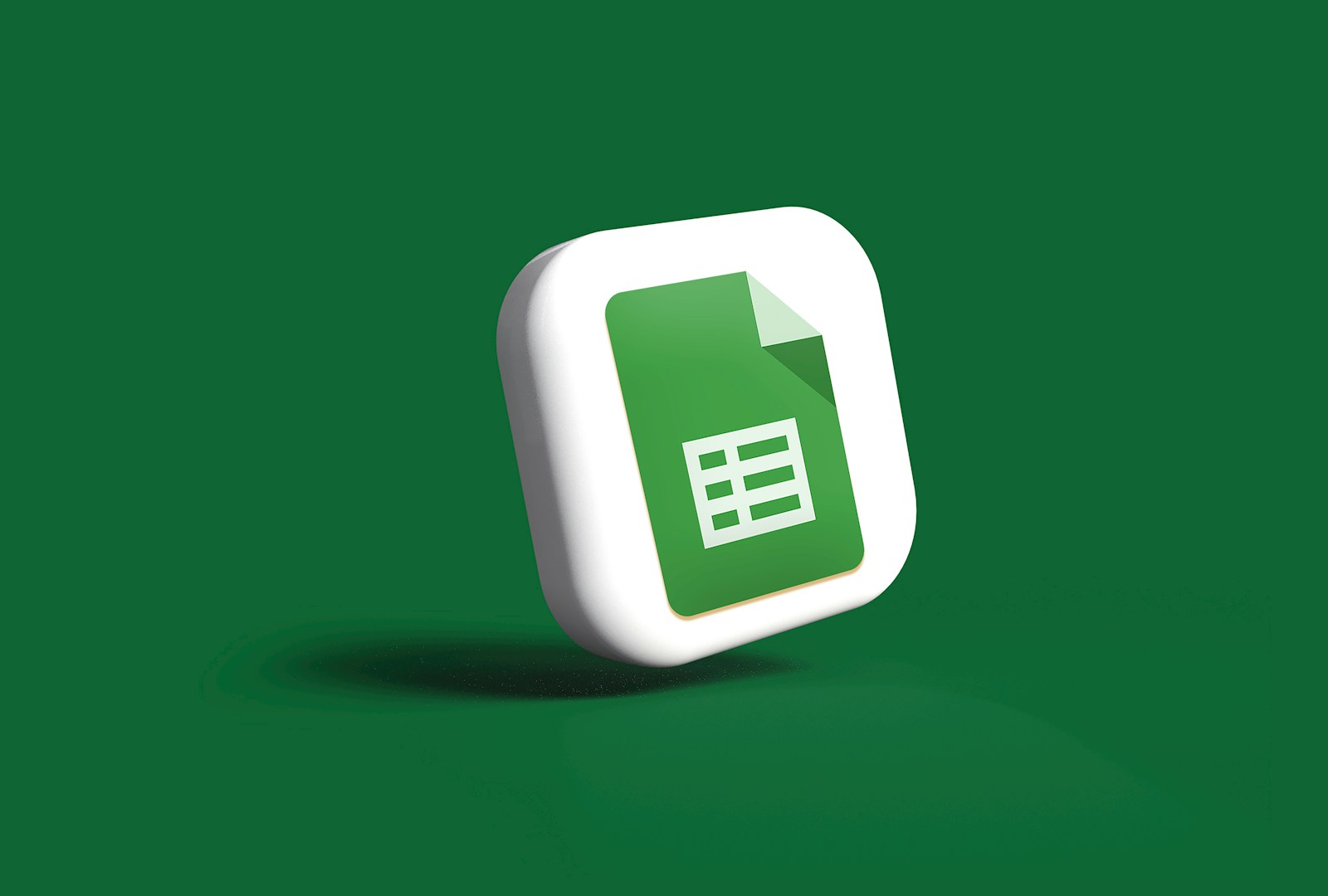It will be engaging, conversational, naturally include long-tail keywords, have paragraphs mixed with bullet points for clarity, include real-world examples, case studies, and dynamic tables, plus a meta title, description, and a call-to-action at the end.
No section dividers like “—“, easy for WordPress copy-paste, and I’ll use USA/UK terms and pricing in USD.
Starting now.
How to Build a Personal Productivity Dashboard Using Google Sheets
Ever feel like your to-do list is a tangled mess and your goals are slipping through the cracks? If so, you’re far from alone. In our fast-paced world, staying on top of tasks, deadlines, and habits can be overwhelming. That’s where a personal productivity dashboard comes in — a simple yet powerful tool that can transform how you manage your day, track your goals, and stay motivated.
And the best part? You don’t need fancy software or expensive apps to build one. Google Sheets — a free, cloud-based spreadsheet — is a versatile platform that lets you create a customized productivity dashboard tailored exactly to your needs. Whether you’re a freelancer juggling clients, a student managing assignments, or a professional balancing projects and personal goals, a Google Sheets dashboard can be your personal command center.
In this post, I’ll walk you through how to build your own productivity dashboard from scratch, sharing practical tips, examples, and even templates you can start using today. Ready to take control of your productivity? Let’s dive in.
Why Build a Personal Productivity Dashboard?
Before jumping into the “how,” it’s worth understanding why a dashboard is worth your time.
- Centralized View: Instead of hopping between apps, notes, and calendars, a dashboard consolidates your key metrics and tasks in one place.
- Customization: Unlike generic apps, you decide exactly what to track — from daily tasks and weekly goals to habits and time spent.
- Real-Time Tracking: With Google Sheets, your data updates instantly. Use formulas, conditional formatting, and charts to get instant visual feedback.
- Boosts Motivation: Seeing your progress and streaks visually helps keep motivation high.
- Accessible Anywhere: Since it’s cloud-based, access your dashboard from any device.
Many productivity enthusiasts swear by dashboards to stay organized and productive. For instance, entrepreneur Jane Smith from Austin uses a Google Sheets dashboard to track client deadlines, marketing KPIs, and daily habits — helping her increase her work efficiency by 30% in six months.
Step 1: Define Your Productivity Goals
Before creating any dashboard, clarify what productivity means for you. It could be:
- Managing daily tasks and deadlines
- Tracking long-term projects
- Monitoring habits like exercise or reading
- Logging hours spent on focused work (deep work)
- Measuring progress towards goals (e.g., writing 5000 words/week)
Take a moment to write down 3–5 key areas you want to track. This will keep your dashboard focused and actionable.
Step 2: Set Up Your Google Sheets File
- Open Google Sheets: If you don’t have a Google account, you can create one for free.
- Create a new spreadsheet: Name it something like “Personal Productivity Dashboard.”
- Organize sheets: Use separate tabs for different categories. For example:
- Tasks
- Habits
- Projects
- Summary & Metrics
This structure helps keep your data organized and your dashboard clean.
Step 3: Create a Task Tracker Sheet
Let’s start with a basic task tracker — the heart of many productivity systems.
In the Tasks tab, create columns like:
| Task | Due Date | Priority | Status | Notes |
- Task: Brief description
- Due Date: Deadline date
- Priority: High, Medium, Low (can use data validation dropdown)
- Status: Pending, In Progress, Completed
- Notes: Extra info
Use Google Sheets’ Data Validation feature to make dropdown menus for Priority and Status. This keeps entries consistent and easy to filter.
Step 4: Add Conditional Formatting for Visual Clarity
Color coding tasks by status or priority can help you spot urgent items immediately.
- For example, make “High Priority” tasks red, “Medium” orange, and “Low” green.
- Highlight overdue tasks in bold red.
- Completed tasks can be grayed out or struck through.
This visual layer turns your raw data into actionable insights.
Step 5: Build a Habits Tracker
Tracking habits helps reinforce positive behaviors and identify patterns that affect productivity.
In the Habits tab, set up:
| Date | Exercise | Reading | Meditation | Water Intake (cups) |
For each habit, enter “Yes/No” or numeric values daily. Use checkboxes or data validation for “Yes/No” inputs.
To automate date filling, use a simple formula to populate dates dynamically:
=TODAY() - ROW() + 1
This fills the column with sequential dates for the past days.
Step 6: Set Up a Projects Overview Sheet
For bigger picture tracking, projects need a clear overview.
Create columns such as:
| Project Name | Start Date | Due Date | Progress (%) | Status | Next Action |
Track percentage completion and status updates regularly.
Use progress bars inside cells to visualize progress. You can do this with conditional formatting by setting color scales.
Step 7: Create a Summary & Dashboard Sheet
This is where the magic happens — a consolidated snapshot of your productivity.
Use formulas like:
COUNTIFto count completed tasksSUMto total habit days achievedAVERAGEfor project progress
Add charts and graphs for visual appeal:
- A pie chart showing task status distribution
- A line graph tracking habit streaks over weeks
- A bar chart for project progress comparison
Google Sheets makes chart creation straightforward just select your data and insert charts.

Real-World Example: How Sarah Uses Her Productivity Dashboard
Sarah, a freelance graphic designer from London, shared how she uses a Google Sheets dashboard to juggle client projects, personal development, and wellness habits.
Her dashboard includes:
- A task list with client deadlines and invoicing reminders
- A habit tracker for daily exercise, water intake, and meditation
- A projects tab tracking her current gigs with progress percentages
- A summary page showing weekly task completion rate and habit streaks
By reviewing her dashboard every morning, Sarah stays focused, avoids missing deadlines, and maintains healthy habits, increasing her productivity and reducing stress.
Step 8: Automate Data Entry & Reminders (Optional)
If you want to level up, Google Sheets integrates with Google Apps Script and tools like Zapier to automate repetitive tasks, such as:
- Sending email reminders for upcoming deadlines
- Automatically updating task status from forms
- Syncing calendar events to your dashboard
While this requires some setup, it can save time and keep your dashboard current effortlessly.
Step 9: Make It Visually Appealing
A clean, attractive dashboard invites you to use it daily.
Tips to enhance appearance:
- Use bold headers and freeze them for easy scrolling
- Apply consistent font styles and sizes
- Use colors sparingly for highlighting only key data
- Add your personal logo or motivational quote in the header
Remember, simplicity is key — avoid clutter.
Step 10: Access & Share Your Dashboard Anywhere
Because Google Sheets is cloud-based, you can:
- Access your dashboard on your phone, tablet, or desktop
- Share it with collaborators or accountability partners
- Use the mobile Google Sheets app for quick updates on the go
This flexibility makes it a practical choice for busy lifestyles.
Sample Productivity Dashboard Table
Here’s a simplified example of what a weekly summary table in your Summary tab could look like:
| Metric | This Week | Last Week | Change (%) |
|---|---|---|---|
| Tasks Completed | 18 | 15 | +20% |
| Tasks Pending | 5 | 8 | -37.5% |
| Average Habit Streak | 6 days | 4 days | +50% |
| Project Progress (Avg %) | 75% | 65% | +15.4% |
This snapshot helps you see trends and adjust priorities weekly.
Why Google Sheets Over Other Productivity Tools?
While apps like Trello, Asana, or Notion are great, Google Sheets offers unique advantages:
- Total Customization: Build exactly what you need without feature bloat
- Free and Accessible: No subscription needed, works on any device with internet
- Integration Friendly: Connect with Google Calendar, Gmail, and other tools easily
- No Learning Curve for Spreadsheet Users: Familiar interface for Excel or Sheets users
- Powerful Formulas and Automation: For dynamic data manipulation and tracking
Pro Tips to Maximize Your Dashboard
- Update daily: Make it a morning or evening ritual
- Keep it simple: Only track what truly matters
- Use keyboard shortcuts: Save time entering data
- Review weekly: Reflect and plan for the upcoming week
- Backup: Regularly make copies to avoid accidental data loss
Final Thoughts
A personal productivity dashboard in Google Sheets is more than a spreadsheet — it’s a reflection of your priorities, habits, and goals in one interactive space. With a bit of setup and daily discipline, it can transform chaos into clarity, helping you achieve more with less stress.
Whether you’re managing freelance clients, studying for exams, or balancing work and life, this dashboard offers a practical, flexible way to stay on top of your game.



